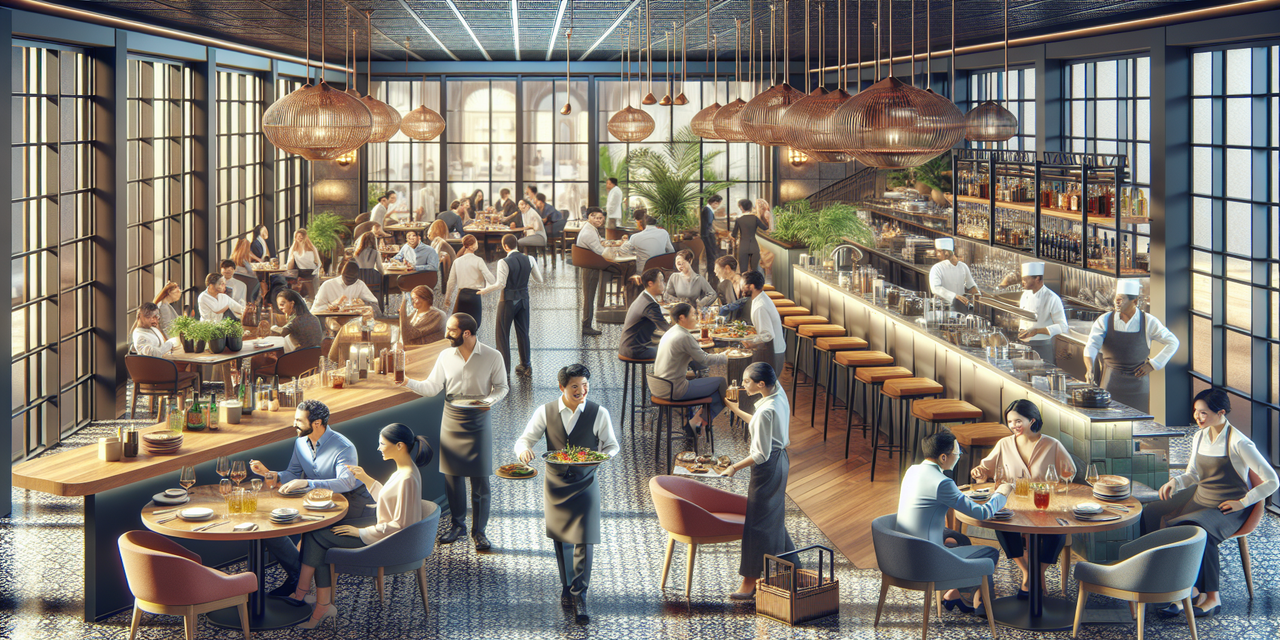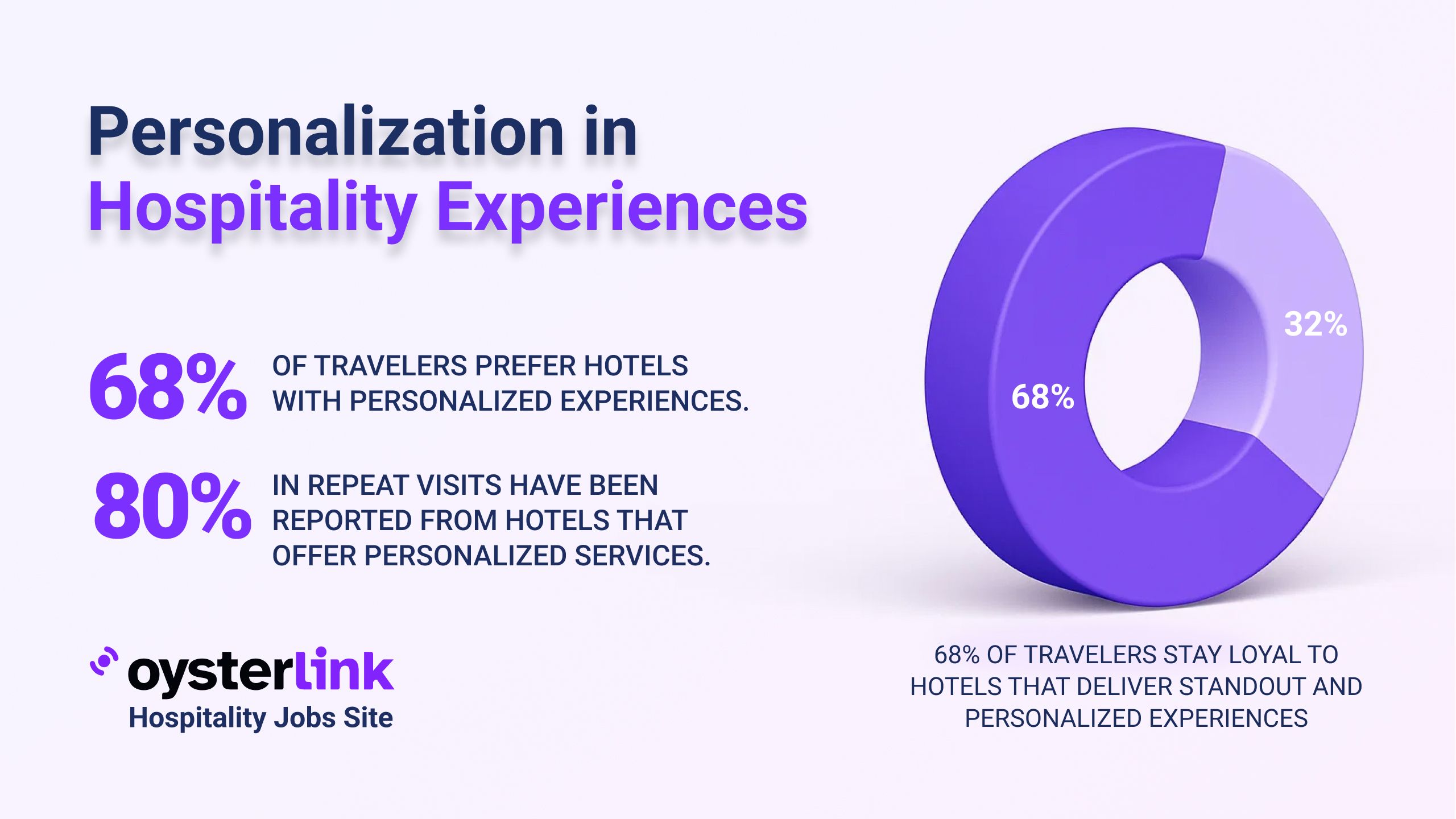Ken Oringer Restaurants: Key Takeaways
- Ken Oringer owns 7 restaurants worldwide, primarily in the United States with a presence in Asia and the Middle East.
- His portfolio does not include any Michelin-starred restaurants but features acclaimed concepts praised for innovative tapas and global flavors.
- Signature brands like Toro span four international locations including Boston, New York, Bangkok, and Dubai.
- Oringer’s restaurants balance a range of dining experiences from casual global tapas to refined Japanese fusion at Uni in Boston.
Chef Ken Oringer is a well-established culinary figure known for his inventive approach to global cuisine. His restaurant group operates across several cities internationally, offering an eclectic mix of flavors predominantly influenced by small plate dining.
This article explores how many restaurants Ken Oringer owns, the variety of restaurant concepts under his name, and their geographic reach—from upscale casual venues to international tapas bars.
For restaurateurs looking to find the best staff to bring such concepts to life, see our guide on restaurant staff hiring to create a reliable and skilled team.
Ken Oringer Restaurants: Global Presence and Restaurant Count
Ken Oringer currently owns 7 restaurants worldwide, with the majority located in the United States and one each in Asia and the Middle East.
His restaurants range from casual global tapas bars to refined Japanese fusion concepts. Oringer owns all his venues outright without franchising or licensing, maintaining direct control over operations.
| Region | Approx. Number of Restaurants | Notable Examples |
|---|---|---|
| United States | 5 | Toro (Boston), Coppa (Boston), Uni (Boston), Little Donkey (Cambridge), Earth at Hidden Pond (Kennebunkport) |
| Asia | 1 | Toro (Bangkok, Thailand) |
| Middle East | 1 | Toro (Dubai, UAE) |
| Total (Global) | 7 | 7 restaurants worldwide as of 2025 |
Ken Oringer’s core base remains in the Boston metropolitan area with five diverse venues that showcase his culinary versatility. Internationally, the Toro brand anchors his global presence with locations in Bangkok and Dubai, expanding his reach into fast-growing food markets.
To manage such diversity, kitchen leadership is crucial. Explore key insights in our executive chef vs chef de cuisine differences spotlight.
Michelin-Starred Flagship Restaurants
Unlike some celebrity chefs, Ken Oringer’s portfolio does not include Michelin-starred restaurants. His focus lies in approachable fine dining and casual concepts that emphasize global small plates rather than traditional high-end gastronomy.
While his restaurants are highly rated locally and known for creative menus and ambiance, the Michelin Guide does not currently recognize any of his locations with stars.
For more about Michelin-starred restaurant trends and statistics, see restaurant Michelin stars statistics.
Notable Ken Oringer Restaurant Concepts and Locations
Ken Oringer’s portfolio is defined by several unique and influential restaurant concepts. Each emphasizes different tastes and atmospheres, with a strong focus on small plates and global cuisine.
Toro Restaurants
Toro is Ken Oringer’s flagship tapas concept with four locations spanning the US, Asia, and the Middle East.
Serving Spanish-inspired small plates in a lively, vibrant setting, Toro is known for authentic flavors and social dining. The flagship Boston restaurant helped launch the concept, followed by expansions to New York City, Bangkok, and Dubai.
Chef Oringer’s team keeps Toro’s menu fresh with seasonal ingredients and bold Iberian flavors. Prices typically range from $50 to $100 per person, positioning Toro as an accessible upscale dining option worldwide.
Hiring skilled chefs and bar staff is essential to maintaining Toro’s standards. Restaurant owners may find useful hiring advice in how to hire top chef for your kitchen and expert tips in hire bartender that customers love.
Coppa Italian Enoteca
Coppa is a cozy Italian enoteca located in Boston, focusing on inventive Italian small plates and an extensive wine list.
It offers a warm ambiance ideal for casual dinners or gatherings, emphasizing rustic Italian flavors reinterpreted with a contemporary approach. Price points generally fall between $40 and $80 per person.
Little Donkey
Based in Cambridge, Massachusetts, Little Donkey specializes in global tapas inspired by street food worldwide.
The menu is eclectic and adventurous, reflecting Oringer’s desire to explore diverse cuisines. Price-wise, dining here typically costs between $30 and $70 per person, appealing to casual diners seeking an innovative experience.
Uni Japanese Fusion
Uni in Boston showcases Ken Oringer’s skill in Japanese fusion cuisine, with an emphasis on innovative sashimi and unique Japanese-inspired dishes.
Known for its sophisticated atmosphere and refined culinary craftsmanship, Uni tends toward the higher end of Oringer’s pricing spectrum at $60–$120 per person.
Uni’s refined bar requires experienced mixologists and bartenders. Employers can refer to our mixologist job description and bartender job description career pages for hiring insights.
Unique Venues
Beyond his core brands, Oringer owns Earth at Hidden Pond located in Kennebunkport, Maine. This unique venue offers a connection to nature alongside its culinary offerings, blending local ingredients with an intimate setting.
Ken Oringer Restaurant Empire: Conclusion
In summary, Ken Oringer owns 7 restaurants worldwide with a strong base in the United States and an international presence primarily through his Toro brand.
His portfolio is distinguished by a diverse range of concepts from Spanish tapas to Japanese fusion, without reliance on franchising or licensing—underlining his hands-on ownership model.
Though currently without Michelin stars, Oringer’s restaurants are praised for inventive menus, vibrant atmospheres, and a balance between casual and refined dining experiences that appeal broadly to food lovers.
Ken Oringer’s empire showcases how a chef can successfully mix international expansion with maintaining quality and originality in his culinary ventures.
Restaurant owners striving to build similar successful ventures will find value in exploring our how to become a successful restaurant owner spotlight and practical tips on restaurant management styles.


.jpg)


.jpg)